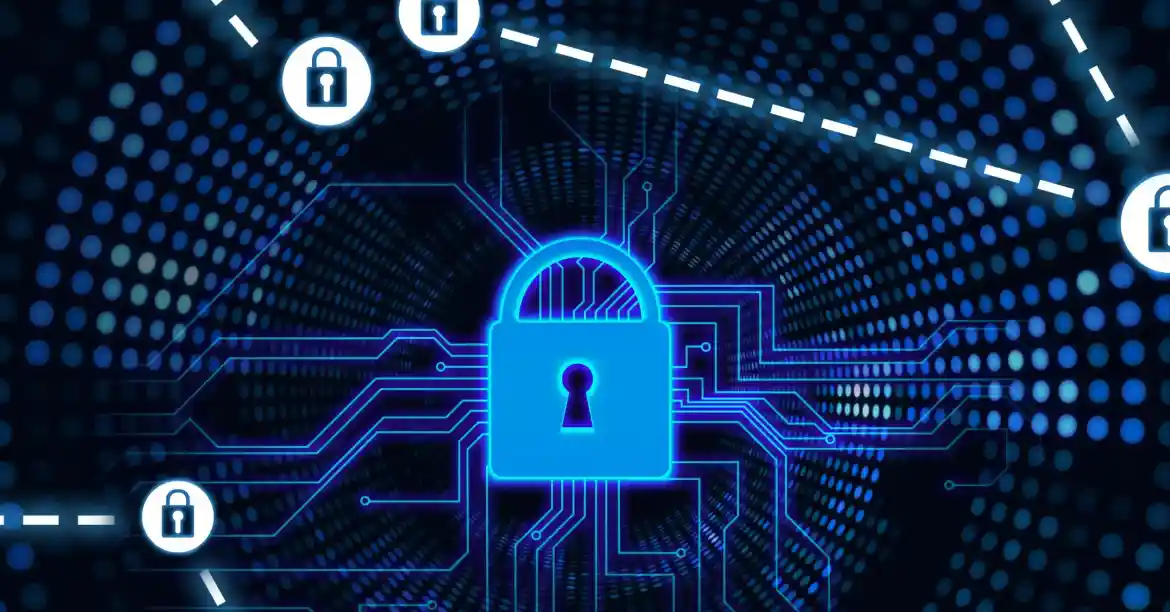The Future of Cybersecurity in India and Asia
Date: 14 January 2020

33.5% of Indian firms were hit by a cyber-attack in 2018. Not only is this figure alarmingly high, it also makes India the third most-attacked country as per a survey conducted by Tech Asia Research for Sophos, the renowned British security software and hardware firm.
The undeniable truth that emerges out of these statistics is that Asia & India are being subject to more successful attacks, not necessarily in terms of volume but in terms of success and something needs to be done about it, with an increased sense of urgency.
In this eye-opening webinar, Amar Singh, CEO of Cyber Management Alliance and Ben Verschaeren, Sophos' Global Solutions Engineer, delve into some worrying and some well-known facts about the state of cybersecurity in India and the APJ region. Coupled with Sophos’ research, thoughts shared by cybersecurity experts with CM-Alliance and Amar’s and Ben’s own valuable insights, this webinar takes an objective, critical look at what plagues India’s security scenario and offers some crucial inputs on what needs to change.
The study conducted for Sophos encompassed the top seven business nations in the APAC region – Malaysia, the Philippines, Singapore, Australia, Japan and India, with Singapore and India and having the largest enterprises. The idea behind this extensive study and four executive roundtables in Malaysia, Australia, India and Japan was to understand what the threat landscape or perception of cybersecurity was in each particular region.
Amar and Ben, in this webinar, unpick the findings that emerged from this study, pertaining particularly to India. Here’s a quick snapshot of some of the key findings:
India's cybersecurity landscape:
- 36% of the cyber-threats came in via the web
- 11% of the cyber-attacks were discovered on mobile
- 10 hours was the typical time taken to discover a threat
- 26% of an IT team’s time is typically spent on security
- The #1 goal for respondents was to get Better Threat Visibility
- Biggest attack vectors in India are malware, phishing & backdoor vulnerabilities
Of these findings, desiring better Threat Visibility is perhaps the most obvious one. Some of the others are downright surprising. For instance, the two hosts of the webinar stress upon how 26% of an IT team’s time being spent on security each week comes across as an absolutely suboptimal utilisation of resources. Ben insists that people in India need to start innovating and employing the technology tools at their disposal to better manage their time and get the most out of their security endeavours. Similarly, 10 hours for discovering a threat comes across as a fairly generous number, given that even with a huge breach such as Equifax’s, speculations said that attackers were in the system for months or even years, before the breach was detected.
Talking of the high number of cyber-attacks that are discovered on mobile begs a lot of questions - Are we talking of a malicious attachment? Or are we actually seeing mobile-based malware? Do we need to move away from multi-factor authentication because SMS-based authentication probably means that you’re being phished through those SMSes as well.
Problems with the world of cybersecurity in India:
Amar and Ben move on to figure out why the state of cybersecurity is as alarming as it is. A quick look at the grievances and top frustrations of the respondents makes the answer amply clear:
- 2/3rd of Indian respondents feel they don’t have basic rights
- 69% struggle to recruit skilled cybersecurity professionals
- 65% say there is insufficient budget for cybersecurity
- 66% say that staying up-to-date with cybersecurity technology is very challenging for them
- Cybersecurity isn’t given enough priority
- Management tends to believe that their organisation could never possibly get attacked
- Too much fear & doubt messaging makes it difficult to talk accurately about cybersecurity
What then is the solution to these problems? Putting the focus back on the fundamentals and going back to basics seems to be the loud and resounding answer. While Indian respondents believe that stuff like AI, Digital Transformation etc. will impact their business security in the next 24 months, they should probably be more focused on inculcating a culture of basic awareness and training in their organisations. If Phishing and Malware are the top attack vectors in India, then they should be asking their security personnel about what screening mechanisms are put in place against them. The teams that are most prone to Phishing attacks – such as HR and Accounts – should be given special Phishing simulation training. Such simple steps will, themselves, mitigate the risk exposure of Indian businesses to a very large extent, obviating the need for advanced and expensive tools.
One in ten Indian firms has no cybersecurity maturity or the approach is untested. There is no consistent, regular, repeatable approach – and this is precisely where Indian organisations need to put the spotlight if they are genuinely concerned about their security postures.
What's the Sophos solution?
While the problems are plenty, the webinar does aim to offer some risk mitigation strategies. And in a similar vein, Amar and Ben discuss Sophos’ solution – Sophos Central. The Software as a Service covers all aspects of mobile control, encryption, server protection, user awareness training and mail etc. It also has a key endpoint product interceptor. Clients can manage their firewalls across Sophos Central. Plus, it has Cloud Optix which connects to all cloud platforms and gives visibility into their compliance.
Sophos also offers a Managed Threat Response service. A lot of companies can’t start their own SoC because it’s expensive. So, their Sophos Central console is scanned for anomalies by threat hunters. Either Sophos is given the authority to manage the threat on behalf of the business or it just gives alerts. So essentially it is a Managed SOC and Incident Response service from Sophos that businesses can use to enhance their synchronized security posture.
As far as Amar’s point of view of Sophos Central goes, he reiterates that he loves the idea of limiting and consolidating visibility for improved security controls.
So if you’re based in India and the APAC or do business here and are interested in the cybersecurity landscape of the region, do listen to the full webinar above.
Founded in 2015 and headquartered in London UK, Cyber Management Alliance Ltd. is a recognised independent world leader in Cyber Incident & Crisis Management consultancy and training. The organisation is renowned globally as the creator of the flagship Cyber Incident Planning and Response course certified by the UK Government’s National Cyber Security Centre.
Cyber Management Alliance has serviced over 300 enterprise clients in multiple verticals including government, banking, finance, IT, consultancies, healthcare, oil & gas and retail across 38 countries. It has carved a niche by assessing, building and improving its clients’ Cyber Incident & Crisis Management capabilities through training, tabletop exercises, health checks and audits. Today, Cyber Management Alliance has a global and diverse network of over 80,000 cyber executives and practitioners worldwide.




